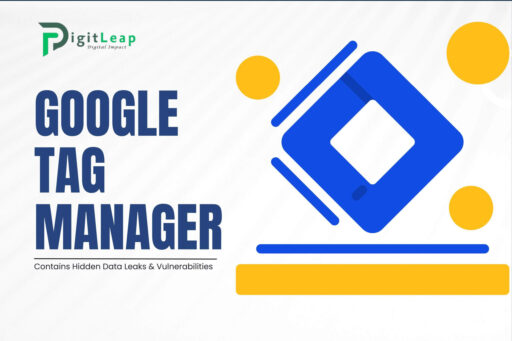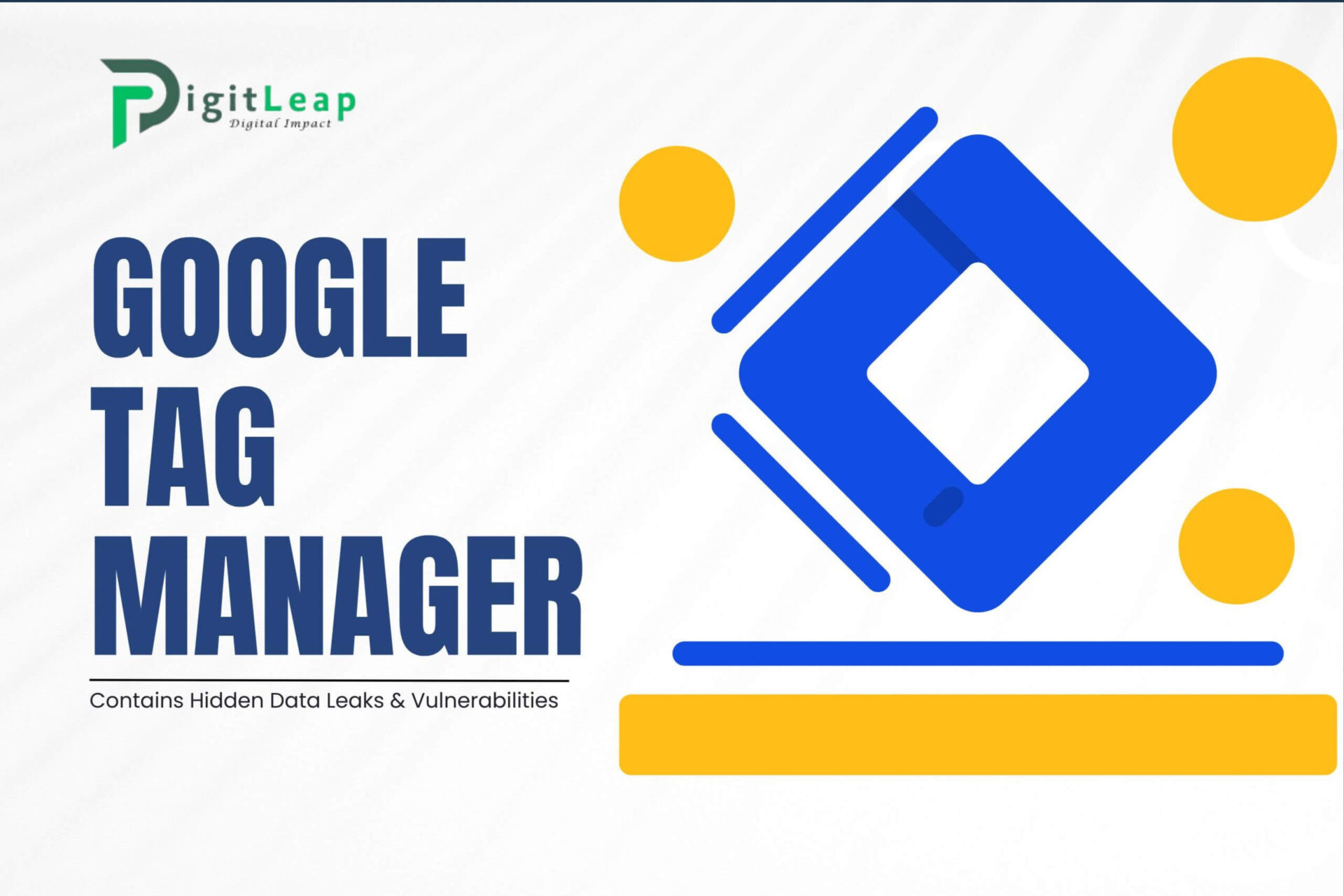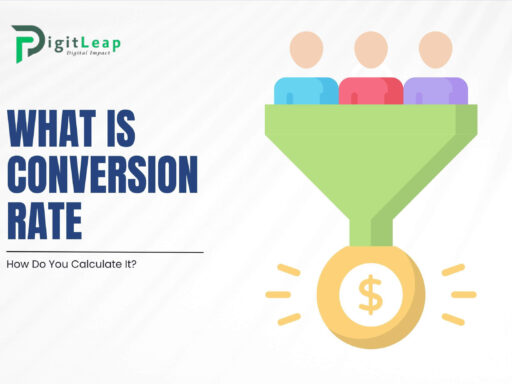Google Tag Manager Contains Hidden Data Leaks & Vulnerabilities
Google Tag Manager (GTM) has become a go-to tool for marketers, developers, and business owners alike. It allows users to add and update website tags—like tracking codes, pixels, and snippets—without having to modify the actual codebase. While it offers undeniable convenience, it also comes with hidden risks that aren’t always obvious to its users. The truth is, Google Tag Manager can contain hidden data leaks and vulnerabilities that may put your business and user data at risk.
Let’s dive into the potential risks associated with GTM and how to safeguard your business from these threats.
What Is Google Tag Manager?
First, a quick refresher: Google Tag Manager is a free tool that allows you to manage and deploy marketing tags (code snippets) on your website without requiring developer involvement. It’s designed to help you keep track of user behavior, conversions, and other essential metrics without the hassle of coding each time you need a new tag.
It’s widely used because it simplifies the process of adding tools like Google Analytics, Facebook pixels, or even custom JavaScript to your site. However, with this flexibility comes responsibility. Without the right safeguards in place, GTM can become a backdoor for data leaks and security vulnerabilities.
Hidden Data Leaks: What Are They?
A hidden data leak happens when information—often sensitive user data—leaves your website without your direct intention or knowledge. GTM can inadvertently expose private information if improperly configured, leading to the risk of sensitive data being transmitted to third-party tools. The problem arises when tags are set up in a way that unintentionally collects personally identifiable information (PII) or other sensitive data.
For instance, it’s possible for email addresses, customer IDs, or even payment information to be mistakenly sent to analytics or ad platforms via tags. This can lead to legal complications, especially in the wake of stricter data privacy laws like GDPR and CCPA.
Common Vulnerabilities in Google Tag Manager
While GTM is an incredibly useful tool, it’s not without its weaknesses. Here are some of the common vulnerabilities that users should be aware of:
1. Third-Party Scripts
One of the biggest risks with Google Tag Manager is that it can load external scripts. If you’re using tags to add third-party services (like analytics tools or chat plugins), you’re essentially giving those third parties permission to run code on your website. If a third-party script is compromised, it could lead to malware or malicious activity being loaded onto your site without your knowledge.
2. Unintended Data Exposure
As mentioned earlier, improper tag configuration can lead to unintentional data leaks. If personal data is being passed through URL parameters or custom JavaScript variables, it could inadvertently be exposed to third parties or appear in tracking reports, putting user privacy at risk.
3. Cross-Site Scripting (XSS) Attacks
GTM’s ability to load custom JavaScript gives it great flexibility, but it also opens the door to potential security issues like Cross-Site Scripting (XSS) attacks. XSS attacks occur when malicious scripts are injected into trusted websites. If an attacker gains access to your Google Tag Manager account, they could inject harmful code that affects your site visitors.
4. Account Access Risks
Because Google Tag Manager gives administrators the power to add or edit scripts on a website, access to GTM accounts must be tightly controlled. If an unauthorized person gains access to your GTM account, they can easily manipulate your tags, inject malicious scripts, or steal data. Many users fail to implement proper account security measures, such as two-factor authentication (2FA), making their accounts vulnerable to hacks.
How to Mitigate These Risks
Despite these risks, GTM remains a powerful and useful tool when managed properly. Here are a few best practices to help you avoid hidden data leaks and vulnerabilities:
1. Limit Access to Trusted Users
Only allow trusted individuals to have access to your Google Tag Manager account. Implement role-based permissions to ensure that users only have the level of access they need. For example, marketers might only need permission to publish tags, while developers can be given the ability to edit or create new tags.
2. Enable Two-Factor Authentication
Always enable two-factor authentication (2FA) for your GTM account. This adds an additional layer of security, making it much harder for unauthorized users to gain access.
3. Audit Your Tags Regularly
Make it a habit to regularly audit the tags in your GTM container. Check which third-party scripts are being used and whether they’re still necessary. Remove any outdated or unused tags to reduce the risk of vulnerabilities.
4. Monitor Data Collection Practices
Pay close attention to the data your tags are collecting and transmitting. Ensure that you’re not unintentionally sending PII or other sensitive information through your tags. This is especially important when dealing with URL parameters or custom JavaScript variables.
5. Use a Content Security Policy (CSP)
Implement a Content Security Policy (CSP) on your website to control which scripts are allowed to run. CSPs help mitigate XSS attacks by restricting the sources of executable scripts, ensuring that only trusted scripts (including those from GTM) can run on your site.
6. Be Cautious with Custom JavaScript
While custom JavaScript is a powerful feature of GTM, it also introduces significant risk if not used carefully. Always validate and sanitize user inputs, and ensure that any custom scripts are necessary and safe.
Conclusion
Google Tag Manager is an excellent tool for simplifying tag management, but it’s not without its risks. Hidden data leaks and vulnerabilities can occur if tags aren’t properly configured or if security best practices aren’t followed. By taking steps like limiting account access, enabling 2FA, and regularly auditing your tags, you can significantly reduce the chances of data exposure or malicious attacks.
At DigitLeap, we understand the importance of keeping your website secure while optimizing your marketing efforts. Whether you’re using Google Tag Manager or other tools, our team is here to help you ensure that your data remains protected while you maximize your digital marketing potential.






